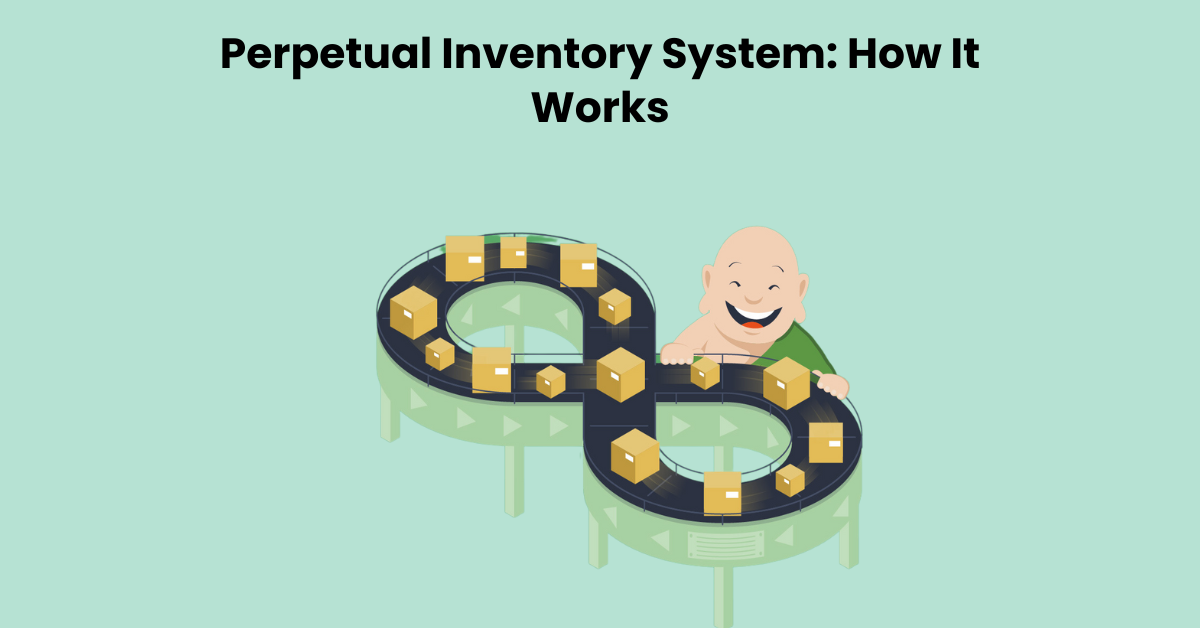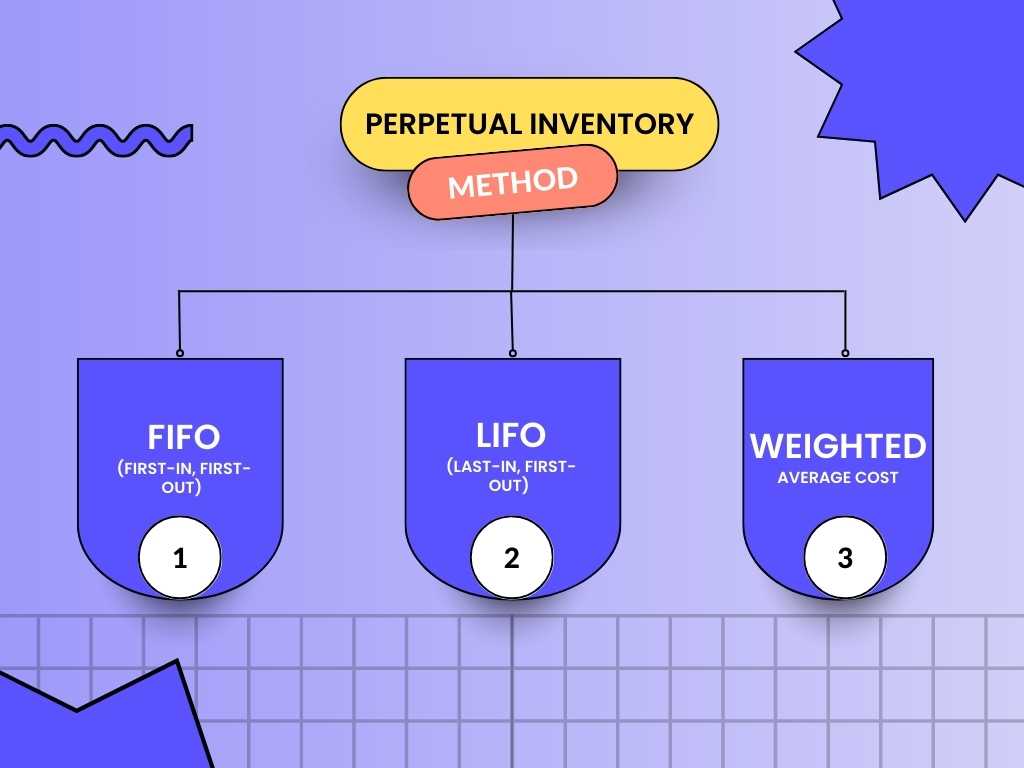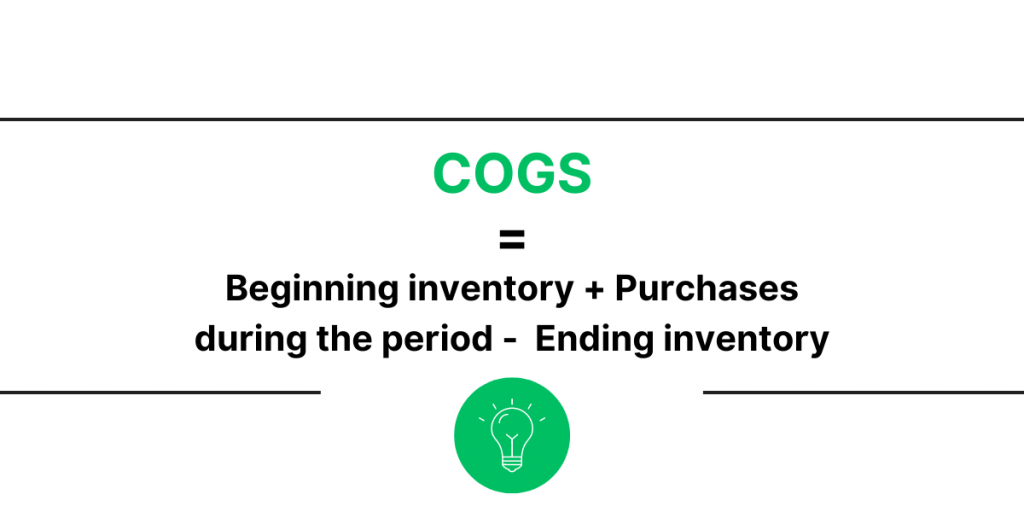Perpetual Inventory System: How It Works

63% of businesses cite inventory accuracy as a top challenge. The perpetual inventory system, a method where stock levels are updated in real time after every sale or purchase, offers a solution to this problem. This system stands in stark contrast to periodic inventory methods, which only update stock levels at specific intervals. By leveraging technology, the perpetual inventory system provides businesses with immediate insights into their inventory, allowing for more accurate financial reporting, better decision-making, and optimized stock levels. This blog delves into how the perpetual inventory system functions, its advantages for businesses, and the impact it can have on streamlining operations and reducing costs associated with stock discrepancies.
What is a Perpetual Inventory System?

A perpetual inventory system is a method of inventory management where updates to inventory records are made instantly with each sale or purchase transaction. This system relies on technology, such as barcode scanners and inventory management software, to track the movement of goods in real-time. Unlike the traditional periodic inventory system, which requires physical counts at set intervals, the perpetual system continuously provides accurate information on stock levels, costs, and availability. This immediate visibility into inventory status enables businesses to make informed decisions quickly, manage stock more efficiently, and maintain optimal inventory levels. It also helps in reducing the risk of stockouts or excess inventory, ensuring that the financial records are always up-to-date. The perpetual inventory system is particularly beneficial for retail and e-commerce businesses, where rapid turnover and precise inventory control are crucial for operational success.
Perpetual Inventory System Formula

The perpetual inventory system operates on a straightforward formula that keeps the inventory records continuously updated. At its core, the formula involves adjusting the inventory account in real time with every sale or purchase transaction. It is represented as follows:
Beginning Inventory + Purchases - Cost of Goods Sold (COGS) = Ending Inventory
- Beginning Inventory: The value of the stock at the start of a period.
- Purchases: The total cost of inventory bought during the period.
- Cost of Goods Sold (COGS): The cumulative cost of inventory sold in the period. This is deducted each time a sale is recorded, directly reducing the inventory value.
- Ending Inventory: The final value of the inventory at the end of the period, which becomes the beginning inventory for the next period.
Perpetual Inventory Method

The perpetual inventory method is a highly efficient approach to managing inventory that maintains real-time updates of inventory levels and cost of goods sold (COGS). This method contrasts with the traditional periodic inventory system, which updates inventory records at fixed intervals, typically at the end of a financial period. Here's an in-depth look at how the perpetual inventory method works and its benefits:
How It Works
- Real-Time Updates: Each time a sale or purchase is made, the inventory records are immediately updated to reflect the current stock levels and COGS.
- Technology Integration: The system relies on technology such as barcode scanners, RFID tags, and inventory management software to track inventory movements accurately.
- Continuous Monitoring: It allows for continuous monitoring of inventory, enabling businesses to respond quickly to stock needs, whether it involves reordering products or adjusting sales strategies.
Key Components
- Inventory Records: Detailed perpetual inventory records of each product, including quantity on hand, cost, and sales price.
- Sales Transactions: Automated recording of sales transactions, immediately deducting sold items from the inventory count.
- Purchase Transactions: Similar to sales, purchases are recorded instantly, adding stock to the inventory count.
Benefits
- Accuracy: Offers a more accurate reflection of inventory levels and COGS, reducing discrepancies and the need for physical inventory counts.
- Efficiency: Enhances operational efficiency by automating inventory tracking, saving time and resources.
- Decision Making: Provides valuable data for informed decision-making regarding stock management, purchasing, and sales strategies.
- Financial Reporting: Facilitates timely and accurate financial reporting by keeping constant tabs on inventory value and COGS.
- Customer Satisfaction: Helps prevent stockouts and overstock situations, leading to better customer service and satisfaction.
Considerations
While the perpetual inventory method brings significant advantages, it requires an initial investment in technology and training. Businesses must ensure their systems are correctly set up and that staff are trained to manage and interpret the inventory data effectively.
I have Manifest AI for you, well this is more than a regular chatbot and can provide personal assistance to all your customers.
Start your 14-day free trial now!
Perpetual Inventory System in Cost Accounting
The perpetual inventory system plays a pivotal role in cost accounting by providing a dynamic and continuous method of tracking inventory costs and quantities. Unlike the periodic inventory system, which calculates inventory levels and cost of goods sold (COGS) at the end of an accounting period, the perpetual system updates these figures in real-time with every purchase and sale transaction. This method offers detailed insight into inventory management and cost accounting practices, crucial for effective financial planning and analysis. Here's a deeper dive into its application in cost accounting:
Continuous Inventory and Cost Monitoring
- Real-Time Data: The system records every transaction immediately, offering up-to-date information on inventory levels and COGS.
- Detailed Record-Keeping: Each sale and purchase is recorded, providing a detailed account of inventory movements and associated costs.
Improved Accuracy and Efficiency
- Error Reduction: By automating the tracking of inventory transactions, the system minimizes the chances of errors that can occur with manual entry, enhancing the accuracy of cost accounting records.
- Operational Efficiency: The immediate availability of inventory data streamlines decision-making processes related to purchasing, pricing, and inventory control.
Enhanced Decision Making
- Cost Analysis: Continuous monitoring allows for detailed cost analysis, helping identify trends, inefficiencies, and opportunities for cost savings.
- Budgeting and Forecasting: Up-to-date inventory information supports more accurate budgeting and forecasting, enabling businesses to make informed financial plans.
Cost Allocation
- Direct Cost Tracking: The system tracks direct costs associated with inventory, such as purchase price and freight, updating inventory values accordingly.
- Indirect Costs Allocation: It can also allocate indirect costs, like overhead, more effectively across inventory, providing a more accurate picture of total inventory costs.
Benefits of Financial Reporting
- Timely Financial Statements: Real-time inventory tracking ensures financial statements reflect the current value of inventory and COGS, crucial for accurate financial reporting.
- Compliance and Auditing: The system supports compliance with accounting standards and simplifies the auditing process by providing a clear, traceable record of inventory transactions.
Difference between Perpetual and Periodic Inventory Systems

Conclusion
The perpetual inventory system offers a modern approach to managing stock that aligns with today’s fast-paced business environment. By providing real-time updates on inventory levels and cost of goods sold, it empowers businesses with the accurate data needed for informed decision-making. This system enhances operational efficiency, reduces the likelihood of stock discrepancies, and supports timely financial reporting. As technology continues to advance, the adoption of a perpetual inventory system becomes increasingly accessible, offering businesses of all sizes the opportunity to streamline their inventory management processes and improve overall business performance.

.png)
